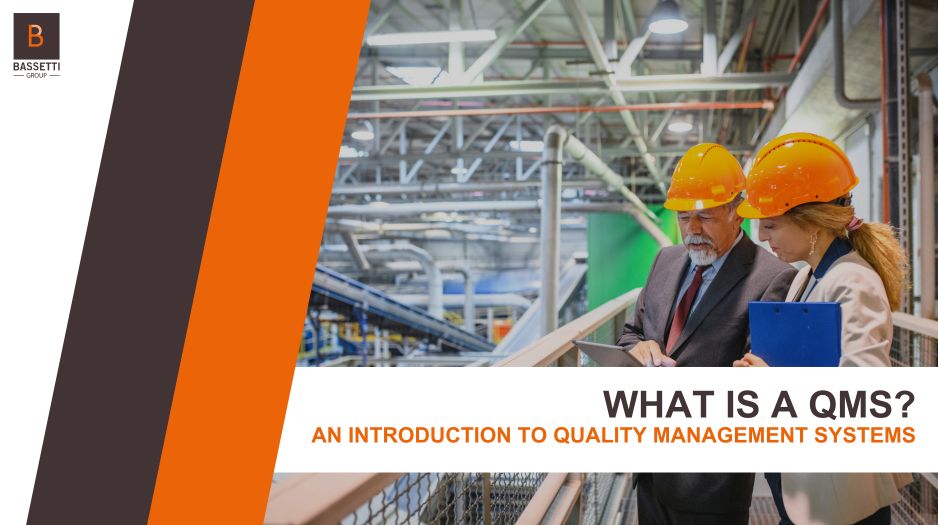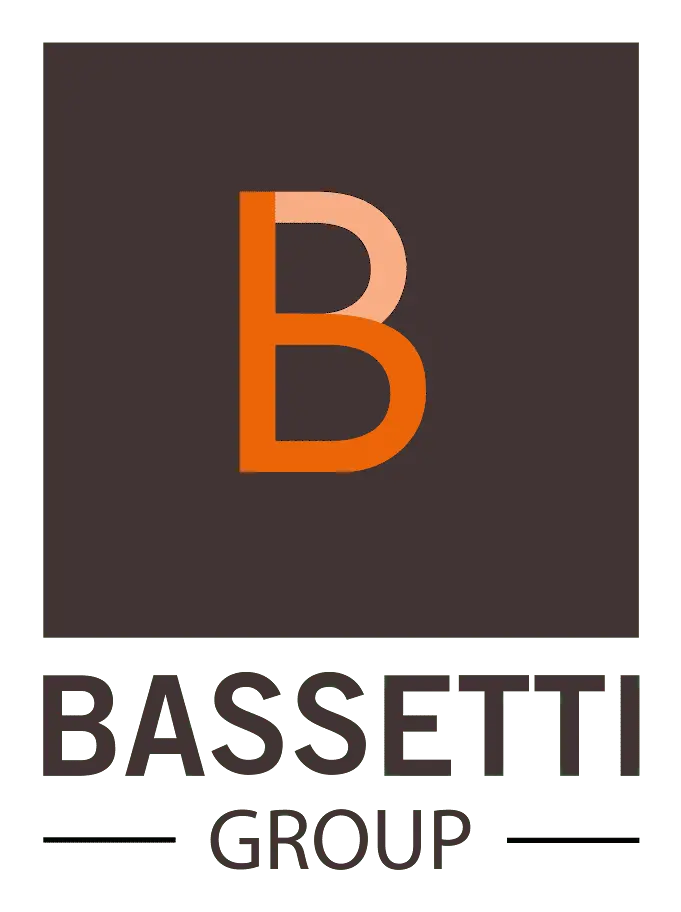What is a QMS? An Introduction to Quality Management Systems
As organizations face increasing pressure to deliver consistent, high-quality products and services, the need for a structured quality approach becomes vital. Quality in business is no longer optional, it’s essential.
A Quality Management System (QMS) is a strategic framework designed to enhance performance, ensure compliance, and drive continuous improvement across operations.
But what is a QMS, why is it important, and how can your business implement one?

What is a Quality Management System (QMS)?
A Quality Management System is a structured set of policies, processes, procedures, and resources designed to manage and improve quality consistently. At its core, a QMS ensures that an organization’s operations align with both customer expectations and regulatory requirements.
Most QMS frameworks are built upon the ISO 9001 standard, the global benchmark for quality management. The primary purpose of a QMS is to master internal processes, fulfill client demands, and ultimately achieve operational excellence.
Why Implement a QMS? Goals That Drive Growth
A well-implemented QMS goes far beyond regulatory compliance. It serves as a strategic lever for performance, sustainability, and innovation. The American Society for Quality (ASQ) notes that organizations using a QMS “gain competitive advantage by meeting customer and regulatory requirements efficiently.”
Key Objectives of a QMS:
- Continuous Improvement: Detect dysfunctions, implement corrective actions, and refine processes over time.
- Process Optimization: Structure and enhance activities to reduce waste and increase efficiency.
- Regulatory Compliance: Ensure conformity with legal, industry, and ISO standards.
- Competitive Advantage: Build trust, improve brand image, and access new markets through quality certification.
- Customer Satisfaction: Understand evolving needs, align offerings, and foster long-term loyalty.
What Makes a QMS Work? The Core Building Blocks
For a QMS to be effective and sustainable, it must rest on solid foundational components. The U.S. Food and Drug Administration (FDA) outlines how a quality system model “provides a framework for continual improvement and customer satisfaction,” a principle that applies across industries, not just life sciences.
Core components:
- Quality Policy: A formal declaration of management’s commitment to quality and strategic direction.
- Processes: Defined and controlled workflows that promote consistency and efficiency.
- Documentation: Ensures traceability, standardizes practices, and supports knowledge transfer.
- Resources: Allocation of human, material, and technological resources; includes training and role definition.
ISO 9001: The Cornerstone of the QMS
The ISO 9001 standard is the foundation for most QMS implementations. It provides a globally recognized framework based on seven fundamental principles of quality management:
- Customer Orientation
- Leadership
- Engagement of People
- Process Approach
- Improvement
- Evidence-Based Decision Making
- Relationship Management
While ISO 9001 certification is not mandatory, achieving it significantly boosts an organization’s credibility and signals a serious commitment to quality.
Real Benefits of a QMS: From Efficiency to Customer Loyalty
A Harvard Business Review article, Creating a Culture of Quality, emphasizes that organizations with a strong quality culture save significantly on rework and lost productivity—up to hundreds of millions annually. The study found that “employees at high-quality organizations are more likely to take ownership of quality, report problems, and act on them.”
Additionally, a study from the National Institute of Standards and Technology (NIST) found that organizations following structured quality frameworks (like Baldrige or ISO) outperformed peers in customer satisfaction and profitability.
Key Benefits:
- Improved Product and Service Quality: Minimize defects, errors, and delays.
- Increased Customer Satisfaction: Deliver on expectations and improve retention.
- Enhanced Operational Efficiency: Streamline resources and reduce inefficiencies.
- Better Internal Communication: Foster collaboration and clarity.
- Market Expansion: Gain access to regulated markets with recognized ISO certification.
How to Implement a QMS
Rolling out a QMS requires a structured and progressive approach. Here’s how organizations typically implement one:
Key Steps:
- Initial Diagnosis: Assess current practices, identify gaps with ISO 9001 standards.
- Management Commitment: Secure leadership buy-in and allocate necessary resources.
- Awareness & Training: Engage and educate employees on the importance of quality.
- Process Formalization: Define procedures, responsibilities, and KPIs.
- System Deployment: Implement practices, collect data, and monitor performance daily.
- Audit & Improvement: Conduct regular internal audits, address non-conformities, and refine processes.
- Certification (Optional): Pursue ISO 9001 certification from an accredited body to validate your QMS.
Common QMS Challenges
Implementing a QMS is a strategic investment, but it comes with challenges.
Common Obstacles:
- System Maintenance: Keeping the QMS up-to-date with evolving needs and technologies.
- Resistance to Change: Addressing internal skepticism and fostering a quality-focused culture.
- Administrative Burden: Balancing documentation needs with operational simplicity.
TEEXMA for Quality: A Comprehensive Solution to Quality Management
A Quality Management System isn’t just for large corporations, it’s a powerful tool for organizations of all sizes aiming to boost performance, ensure compliance, and enhance customer satisfaction. Whether you’re in manufacturing, healthcare, IT, or services, adopting a quality approach positions your business for sustainable success. TEEXMA for Quality provides a flexible, modular solution for total quality management, ensuring adaptable solutions for your specific industry and processes.
By aligning with ISO 9001, committing to continuous improvement, and fostering a culture of quality, organizations can gain a competitive edge, improve efficiency, and build lasting customer trust. TEEXMA for Quality offers seamless data flow via standard connectors and dedicated support.
Key Benefits of TEEXMA for Quality
- Modular and Comprehensive: Our software suite is designed to cover all the needs of a Total Quality Management System. Each module can be implemented independently or combined within a single unified technology.
- Integrated and Flexible: Thanks to standard connectors and industry-based experience, our software easily interfaces with all necessary tools to ensure seamless data and usage continuity. A scalable and fully configurable solution, tailored to your processes.
- Consistent Customer Support: We guarantee service quality throughout the application lifecycle, thanks to a responsive hotline and a dedicated Run Manager who supports and advises you daily.
- Access To Our Industry Experts: We support companies in knowledge management, quality system implementation, and adapting to the specific requirements of various industrial sectors
Ready to Transform Your Quality Management?
Book a demo now with one of our specialists and discover how TEEXMA for Quality can support your QMS journey from documentation to audits and beyond.
